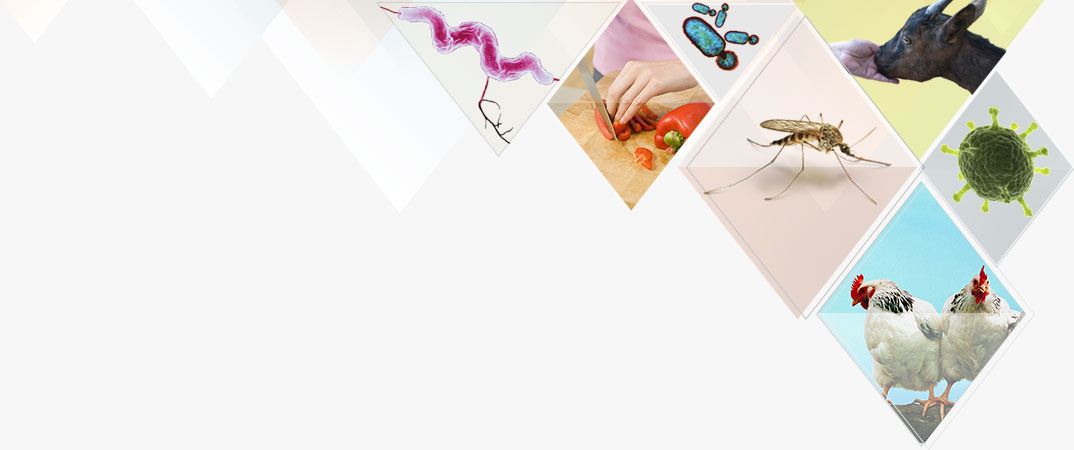


How do
Animal Diseases
affect humans?
75% of infectious diseases
that affect humans
have their origin in
animals, research shows.
Preventing the transmission of
animal diseases saves lives.
It also saves money.
Diseases transmitted
between animals and
humans are called
zoonoses.
They can be caused by
agents such as viruses,
bacteria, parasites,
and fungi.
Tweet this
Infection through food
Many food safety risks are
invisible: for example bacteria,
fungi and viruses in food.
Food-borne zoonoses are
caused by consuming
contaminated food or water.
Tweet this
In the EU, about
315,000
human cases are reported
each year. The severity
varies from mild symptoms
to life-threatening
conditions.
Tweet this
What are the most common
micro-organisms causing food-borne
diseases in the EU?
Tweet this
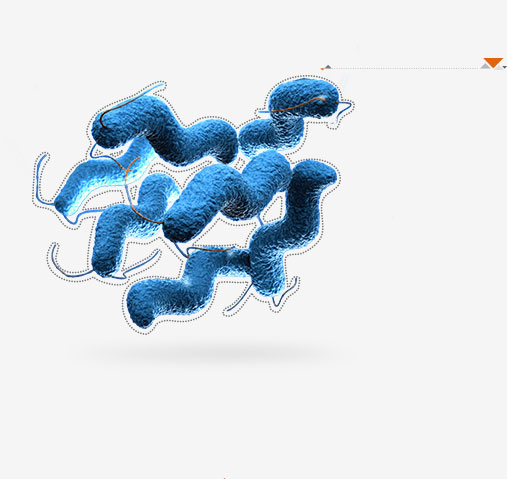
Campylobacter
Eating undercooked
chicken, or ready-to
-eat foods that have
been in contact with
raw chicken, is the
most common
source of infection.
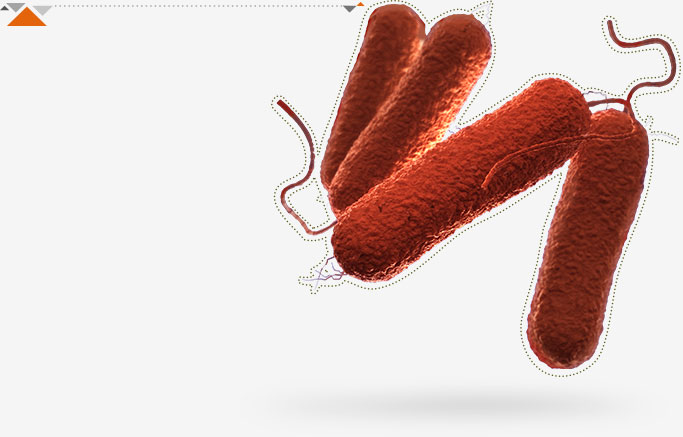
Salmonella
Risk of infection in
humans is associated
with the consumption
of contaminated food,
mainly eggs
and pig meat and,
to a lesser extent,
poultry meat.
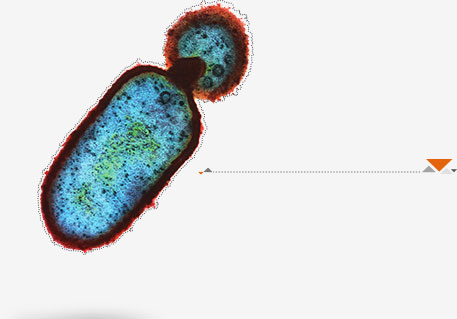
Listeria monocytogenes
is mostly found in
ready-to-eat fish
(like smoked fish)
and meat products
(such as sliced ham).
Transmission via contact
with live animals
These kinds of zoonoses are
transmitted through direct
contact or proximity with
infected animals.
Which can you catch from touching
or being near animals?
Tweet this
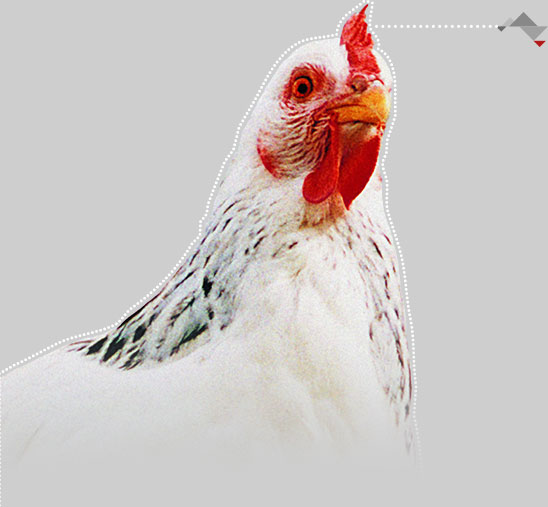
Influenza viruses
circulating in animals
can in rare cases cross
the species barrier
and infect humans.
Avian influenza is one
example of a viral
disease carried by
poultry.
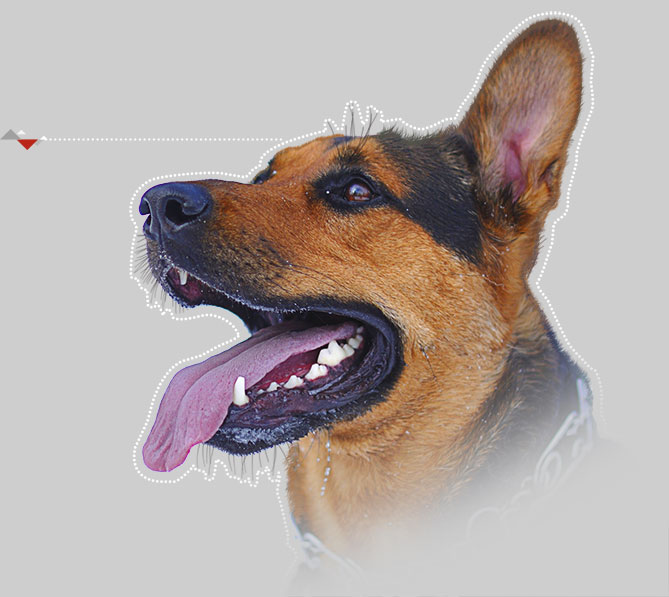
One of the most
well known
zoonoses in the
world is rabies,
transmitted to
humans through
close contacts
with saliva from
infected animals.
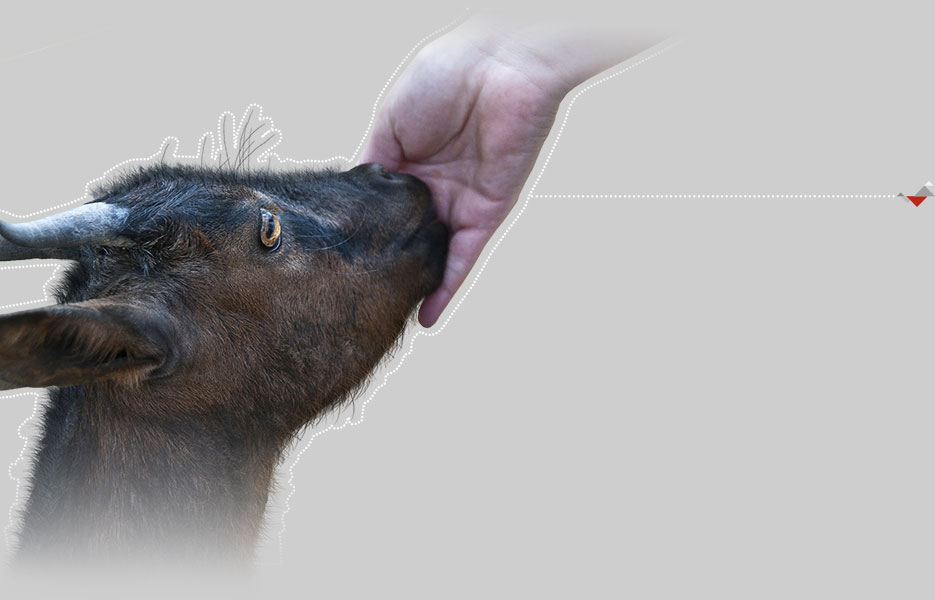
Common bugs that
can be picked up from
petting farms are
Cryptosporidium and
E. coli. This happens
either through touching the animals or place that
have been contaminated
by animal droppings.
Bites from insects,
ticks and other creatures
This type of zoonosis is transmitted by vectors.
Vectors are living organisms - such as
mosquitoes, ticks, flies or fleas - that transmit
a disease from an infected animal to a human
or another animal.
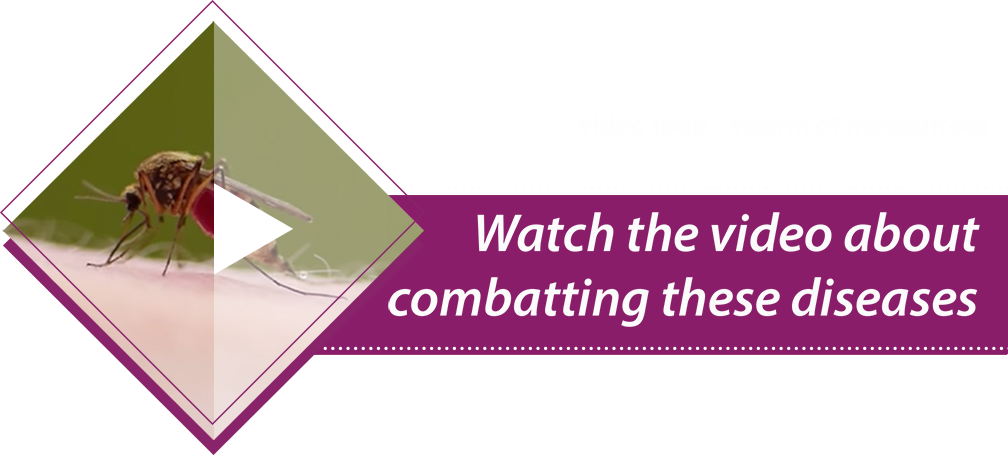
Many of the diseases that
vectors transmit are considered
emerging infectious diseases.
These are diseases that appear
for the first time, or are rapidly
increasing in incidence or
geographic range.

What diseases are spread this way?
Tweet this
West Nile
virus is most
commonly
transmitted to
humans by
mosquitoes.
Lyme disease
is transmitted to
humans by ticks.
Leishmaniasis
is caused by the
bite of sandflies.
Reduce your risk
How can I protect myself
and my family?
Always wash
your hands and
follow proper
hygiene.
Handle food
safely. Prevent
bacteria
spreading by
using different
utensils for
raw meat and
other foods.
Prevent bites
from mosquitoes
and ticks.
Know the simple
things you can do
to stay safe around
your pets.
Only through a "One Health"
approach, which treats
human and animal health
as all part of the same
system, can these diseases
be prevented.
Integrated surveillance by
EFSA and its partners helps
stop existing and new
diseases causing deadly
global pandemics.
 EFSA
EFSA


